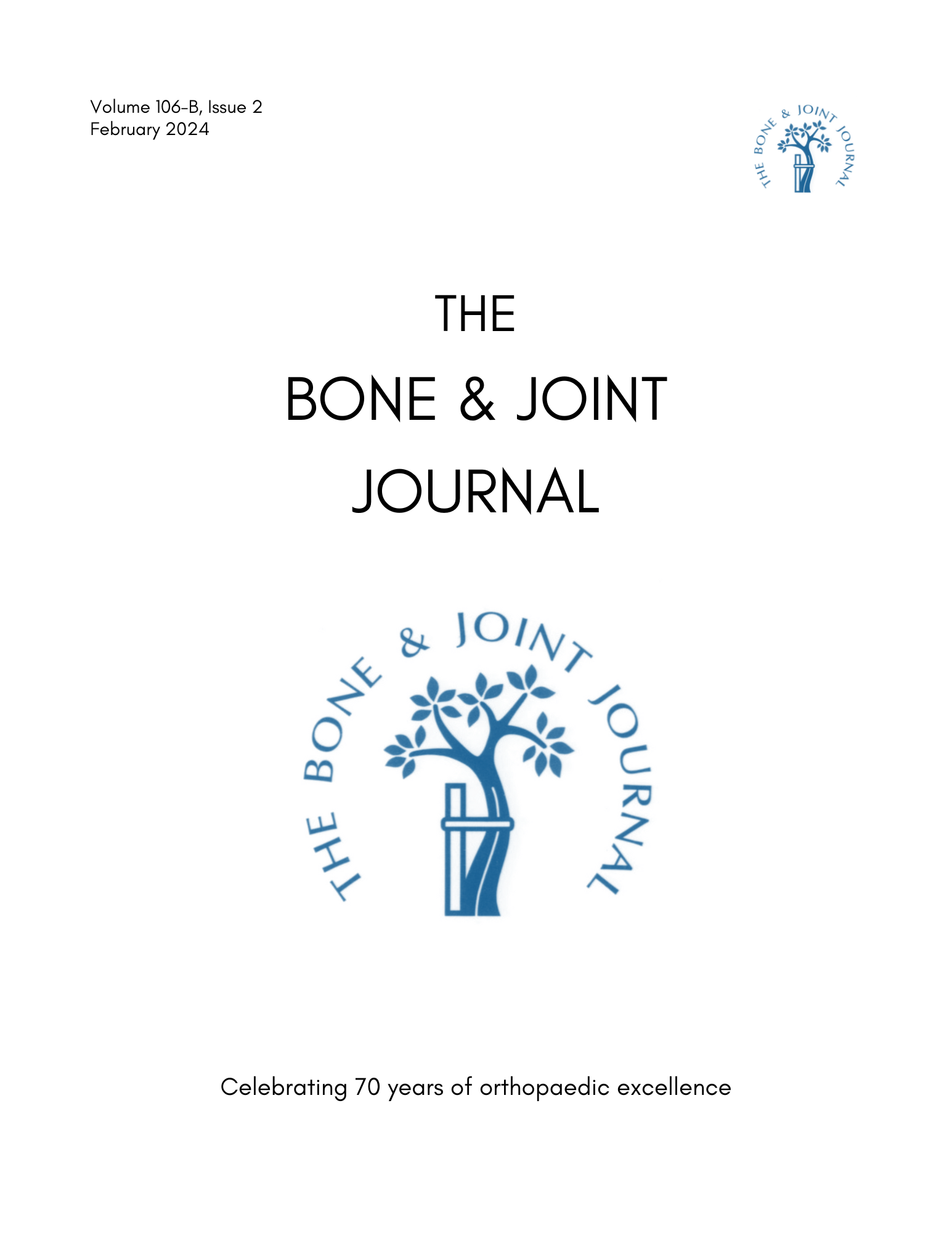
Surgical repair VS acromioplasty and physiotherapy in non-traumatic rotator cuff tear

Surgical repair VS acromioplasty and physiotherapy in non-traumatic rotator cuff tear
Treatment of non-traumatic rotator cuff tears: A randomised controlled trial with one-year clinical results
Bone Joint J. 2014 Jan;96-B(1):75-81. doi: 10.1302/0301-620X.96B1.32168.Did you know you're eligible to earn 0.5 CME credits for reading this report? Click Here
Synopsis
Patients (180 shoulders) above 55 years of age with non-traumatic supraspinatus tears were analyzed one year post-intervention to determine if rotator cuff repair is superior to alternative treatment approaches. Patients were randomly allocated to a physiotherapy group, acromioplasty and physiotherapy group, or rotator cuff repair, acromioplasty and physiotherapy group and evaluated for outcome using the Constant score. Results revealed that rotator cuff repair did not yield superior results compared to acromioplasty and/or physiotherapy. Surgical interventions were associated with significantly greater costs than physiotherapy alone.
Was the allocation sequence adequately generated?
Was allocation adequately concealed?
Blinding Treatment Providers: Was knowledge of the allocated interventions adequately prevented?
Blinding Outcome Assessors: Was knowledge of the allocated interventions adequately prevented?
Blinding Patients: Was knowledge of the allocated interventions adequately prevented?
Was loss to follow-up (missing outcome data) infrequent?
Are reports of the study free of suggestion of selective outcome reporting?
Were outcomes objective, patient-important and assessed in a manner to limit bias (ie. duplicate assessors, Independent assessors)?
Was the sample size sufficiently large to assure a balance of prognosis and sufficiently large number of outcome events?
Was investigator expertise/experience with both treatment and control techniques likely the same (ie.were criteria for surgeon participation/expertise provided)?
Yes = 1
Uncertain = 0.5
Not Relevant = 0
No = 0
The Reporting Criteria Assessment evaluates the transparency with which authors report the methodological and trial characteristics of the trial within the publication. The assessment is divided into five categories which are presented below.
2/4
Randomization
2/4
Outcome Measurements
4/4
Inclusion / Exclusion
4/4
Therapy Description
3/4
Statistics
Detsky AS, Naylor CD, O'Rourke K, McGeer AJ, L'Abbé KA. J Clin Epidemiol. 1992;45:255-65
The Fragility Index is a tool that aids in the interpretation of significant findings, providing a measure of strength for a result. The Fragility Index represents the number of consecutive events that need to be added to a dichotomous outcome to make the finding no longer significant. A small number represents a weaker finding and a large number represents a stronger finding.
Why was this study needed now?
Rotator cuff tears can be categorized as traumatic or non-traumatic in origin, with non-traumatic tears being prevalent in the majority of individuals over 55 years of age. While surgical repair is often encouraged for non-traumatic rotator cuff tears in this age group, there remains a lack of comparative evidence to alternative treatment methods, such as acromioplasty and conservative treatment. To determine the efficacy of non-traumatic rotator cuff tears, different treatments options for patients above 55 years of age were compared one year post-intervention.
What was the principal research question?
Does rotator cuff repair yield superior results in terms of Constant score when compared to acromioplasty and/or physiotherapy treatments one year post-intervention?
What were the important findings?
- Mean Constant scores were 74.1 (SD 14.2) in group 1, 77.2 (SD 13.0) in group 2, and 77.9 (SD 12.1) in group 3 (p=0.34) at 1 year.
- There was a significant difference between groups terms of pain (p=0.0321) and activities of daily living (p<0.0001), with higher scores registered in the repair group and acromioplasty group compared to physiotherapy alone. Constant sub-scores in range of movement (p=0.74) and strength (p=0.76) did not differ significantly between groups.
- Percent of patients satisfied with their assigned intervention at 1 year follow up was 87% in group 1, 96% in group 2 and 95% in group 3 (p=0.14).
- Cost associated with treatment was an average 2417 euro (SD 1443) for physiotherapy, 4765 euro (SD 896) for acromioplasty and physiotherapy, and 5709 euro for repair, acromioplasty, and physiotherapy (p<0.0001). Costs were mainly attributable to indirect societal cost (including operation, supplies, patient care), which averaged 2130, 4486 and 5461 euro in each group, respectively (p<0.0001).
- Four patients (4 shoulders; 7.3%) who received physiotherapy and 1 patient (1 shoulder; 1.8%) who received acromioplasty and physiotherapy underwent rotator cuff repair after a mean 0.7 years (0.65-0.76).
- Intraoperatively, additional AC resection was performed in 7 shoulders (12%) allocated to acromioplasty and 8 shoulders (15%) allocated the repair and acromioplasty. Biceps tenotomy was performed in 29 shoulders (51%) and 23 shoulders (42%) of these groups, respectively.
What should I remember most?
In the treatment of non-traumatic supraspinatus tears in patients above the age of 55, there was no significant difference in functional outcome or patient satisfaction after 1 year between physiotherapy, acromioplasty and physiotherapy, or repair, acromioplasty and physiotherapy. Costs associated with surgical interventions were significantly higher than physiotherapy alone.
How will this affect the care of my patients?
Based on these findings, this study suggests that a conservative treatment method with physiotherapy may be as effective as surgery, either through acromioplastry and/or repair, for non-traumatic rotator cuff tears in older patients, and that lower costs with physiotherapy may be more apt in primary treatment. It is recommended studies with longer follow up times confirm the validity of these findings.
Learn about our AI Driven
High Impact Search Feature
Our AI driven High Impact metric calculates the impact an article will have by considering both the publishing journal and the content of the article itself. Built using the latest advances in natural language processing, OE High Impact predicts an article’s future number of citations better than impact factor alone.
Continue



 LOGIN
LOGIN

Join the Conversation
Please Login or Join to leave comments.